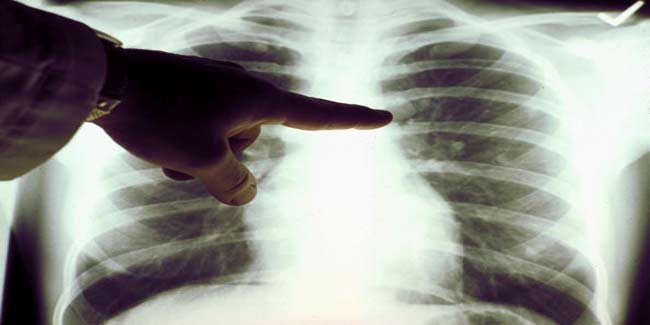
The pleural cavity is the space surrounding each lung in the chest. The pleura is the thin layer of tissue that covers the outer surface of each lung and lines the interior wall of the chest cavity, creating a sac that encloses the pleural cavity.

Malignant pleural effusions is when pleural tissue is not able to produce a small amount of fluid that helps the lungs move smoothly in the chest while a person is breathing. It may cause dyspnoea, cough and chest pain.
Malignant pleural effusions often occur in advanced or unresectable cancer or in the last few weeks of life. The goal of treatment is usually palliative, to relieve the symptoms and improve the quality of life.
The treatment of malignant pleural effusions depends on a number of factors, including the patient's preferences in regard to the risks and benefits of treatment, the patient's ability to perform activities of daily living, the type of primary cancer and type of previous treatments. The common treatment of the symptoms of malignant pleural effusion may include thoracentesis, pleurodesis and surgery.
How we keep this article up to date:
We work with experts and keep a close eye on the latest in health and wellness. Whenever there is a new research or helpful information, we update our articles with accurate and useful advice.
Current Version